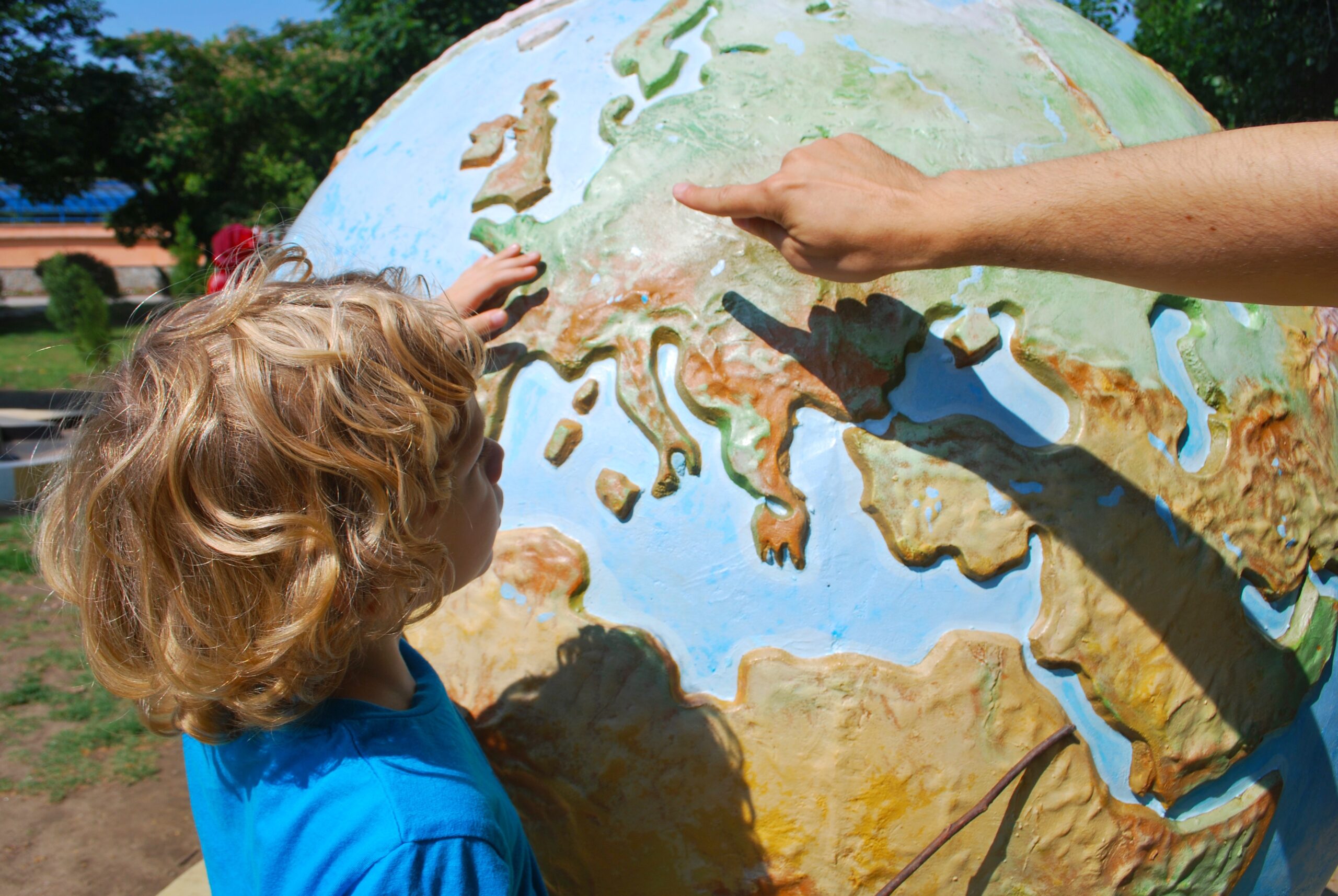Each of us will leave a legacy. What will yours be? The truth is, what you’re teaching your kids or grandkids right now will become your legacy. And what our children learn about the world and their role in it now will become their future. That’s why teaching your kids to care about stewardship is so critical. Here’s are six ways to teach good stewardship to the young ones in your life.
Six Ways to Teach Kids Stewardship
Explore Nature Together
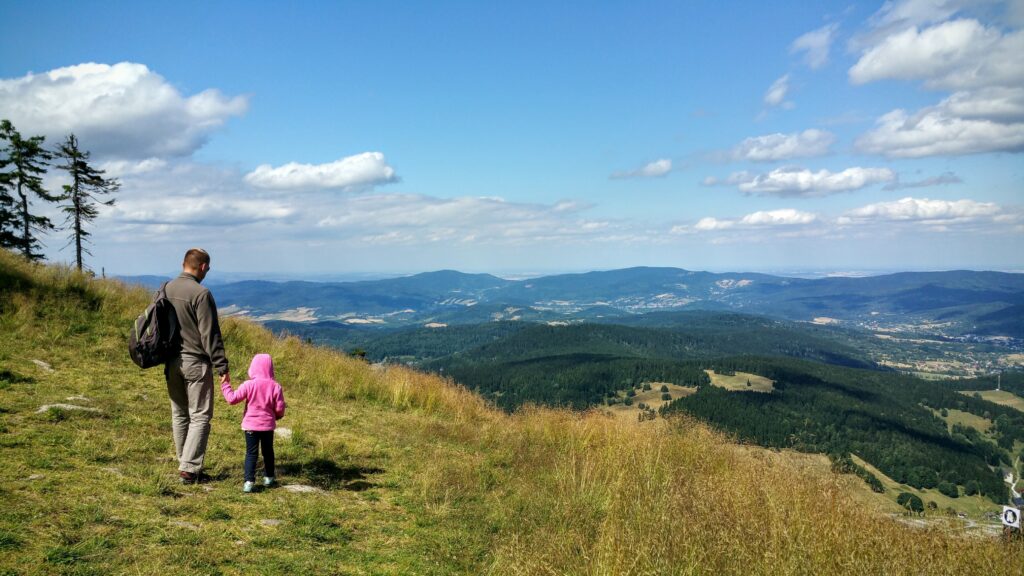
Before you can teach good stewardship, you first need to help your kids make a connection with nature. There’s no better way to do that than to get out in it. Kids learn best when their senses are immersed, so encourage them to listen for bird song, take pictures of their favorite flowers, and get their hands in the dirt. Buy them their own pair of binoculars and field guide to make it even more interesting. Perhaps you can visit a local park, explore the closest community garden, go on a guided bird walk, or simply set up a tent in your own backyard.
Teach Them About Plants and Wildlife

There are so many resources available to help kids learn about nature. From books to videos to your own backyard bird feeders, why not use a variety of teaching tools? Start with your local plants and wildlife. Observe each season with your children, showing them how the birds migrate, the squirrels gather nuts, and the rabbits grow a thicker coat come winter. Discuss the things you see on your nature walks and visits to your local parks, rivers, or beaches. Encourage them to ask questions—and if you don’t know the answer, you can look it up together!
Give Them Their Own Garden Space
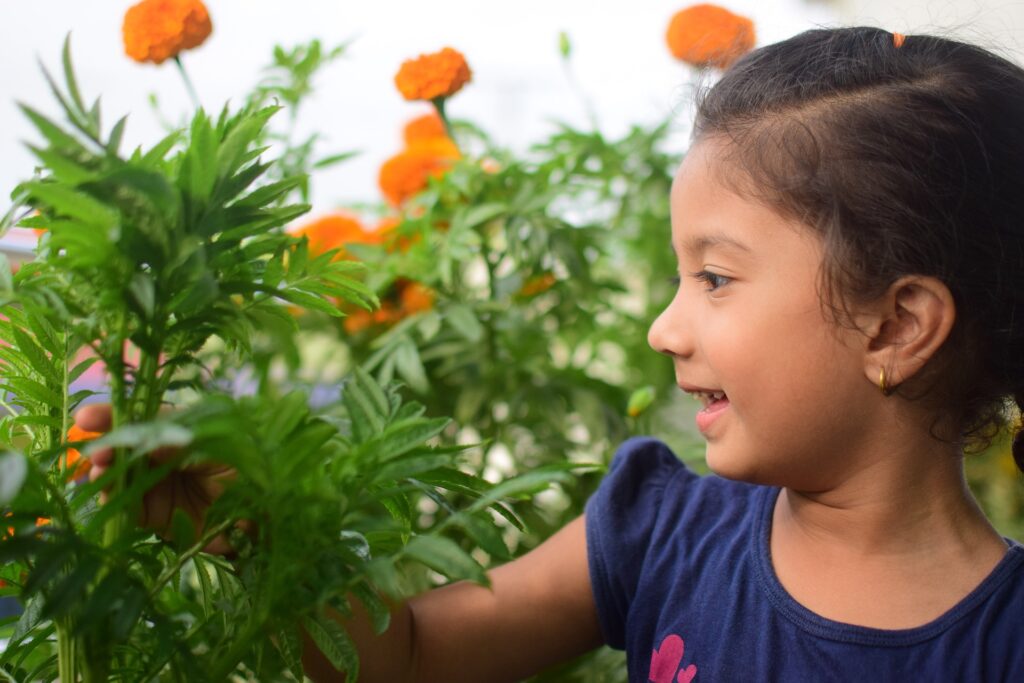
When kids learn good stewardship, they learn that they are responsible for other living things. What better way to hit this lesson home than by giving your young one their own spot in the garden? Make it a big deal by discussing which native plants they’d like to grow, and then reading together about how to care for them. Take them to pick out plants or seeds, and then help them plant them. Being responsible for a growing plant teaches the child patience and resourcefulness.
TIP: Encourage your child to plant their favorite fruit or vegetable, and watch their excitement as you harvest and eat it.
Work on a Citizen Science Project
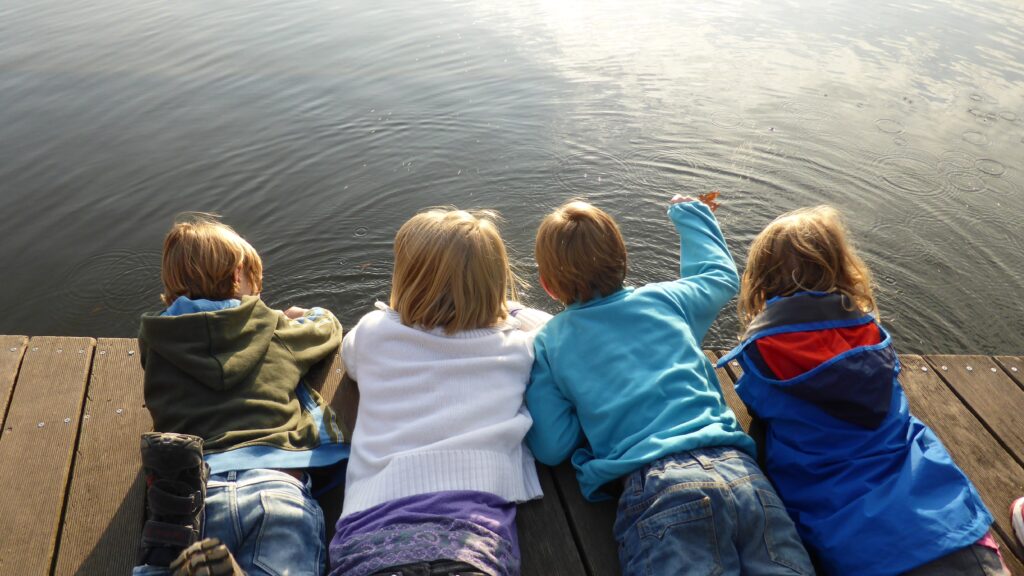
A citizen science project is one where participants report their real-life observations of nature as a kind of volunteer researcher. People of all ages participate in these projects at any given time. These types of projects are especially effective for teaching kids good stewardship because they’re geared towards a child’s sense of curiosity and exploration. Plus, kids will love that what they’re learning is making a difference and helping scientists solve real-world problems.
Organizations with citizen science projects your kids will love:
- The Cornell Lab of Ornithology
- National Geographic
- PBS Kids
- SciStarter
- Project Green Challenge
- iNaturalist
- Pollinator Live
- Globe at Night
- Journey North
Volunteer for a Local Cleanup Project
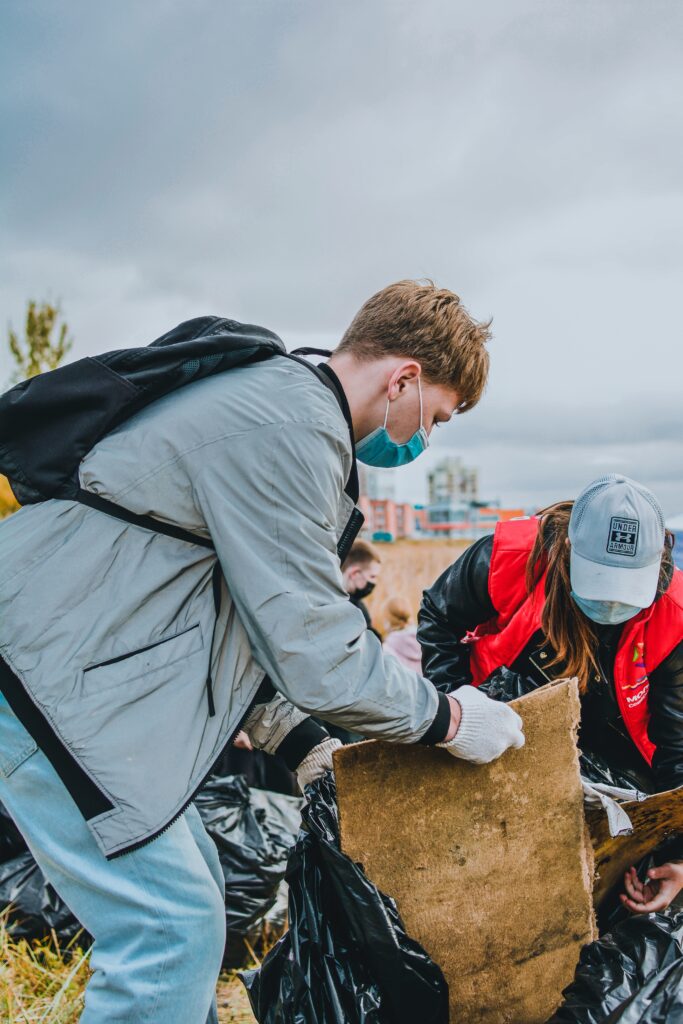
Not only are cleanup projects good for the environment and local wildlife, but they bring communities together in a positive way. Kid will learn stewardship and gain a sense of accomplishment while spending time with other eco-conscious neighbors. Cleaning up trash from local parks, beaches, rivers, and other public spaces may seem like a small step, but it makes a big difference. Last year alone, one ocean conservation organization had over 220,000 volunteers working in small cleanup projects, and removed more than 5 million pounds of trash as a result.
In the Big Bear Valley, we have Care for Big Bear, a sustainability campaign that partners with local landscapers NativeScapes to host local cleanup events throughout the year.
More cleanup organizations and resources you might try:
- The Great Global Cleanup
- The Great American Cleanup®
- Environmental Protection Agency’s Cleanups in My Community
Work as a Family to Reduce Your Footprint
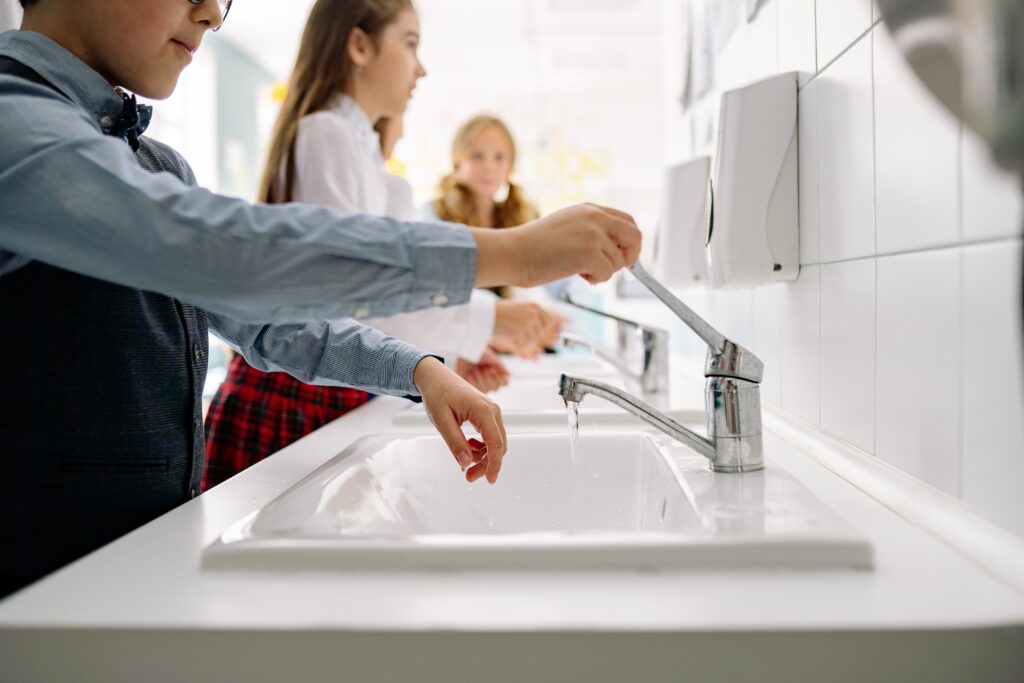
Show your kids that protecting the environment starts at home. Get them on the right path by following sustainability habits that reduce your household’s footprint. Here are some ways to do so:
- Reduce your water usage. Plant drought-tolerant native plants, take shorter showers, collect rain water in barrels, and get everyone in the habit of turning off the water while brushing their teeth.
- Start composting. Collect food scraps like fruits and veggies, eggshells, coffee grounds, grass and brush trimmings, leaves, newspaper, cardboard, etc. (but not meat or dairy). Put them in a kitchen compost bin, or find a dry, shady space outside to create a compost pile. The National Resources Defense Council has a great resource that tells you what, and what not to, compost, and how to properly maintain a compost pile.
- Buy local. Shopping in your community not only supports that community, but it has far-reaching benefits for you and the environment. First, it connects you and your young ones to your neighbors, the people behind those products. And the funds funnel right back into your community, supporting schools, parks, and local spaces. Locally made food and products also don’t have to travel far, meaning less carbon dioxide emissions, and less packaging going into our landfills.
Join Us for Kid-Friendly Activities
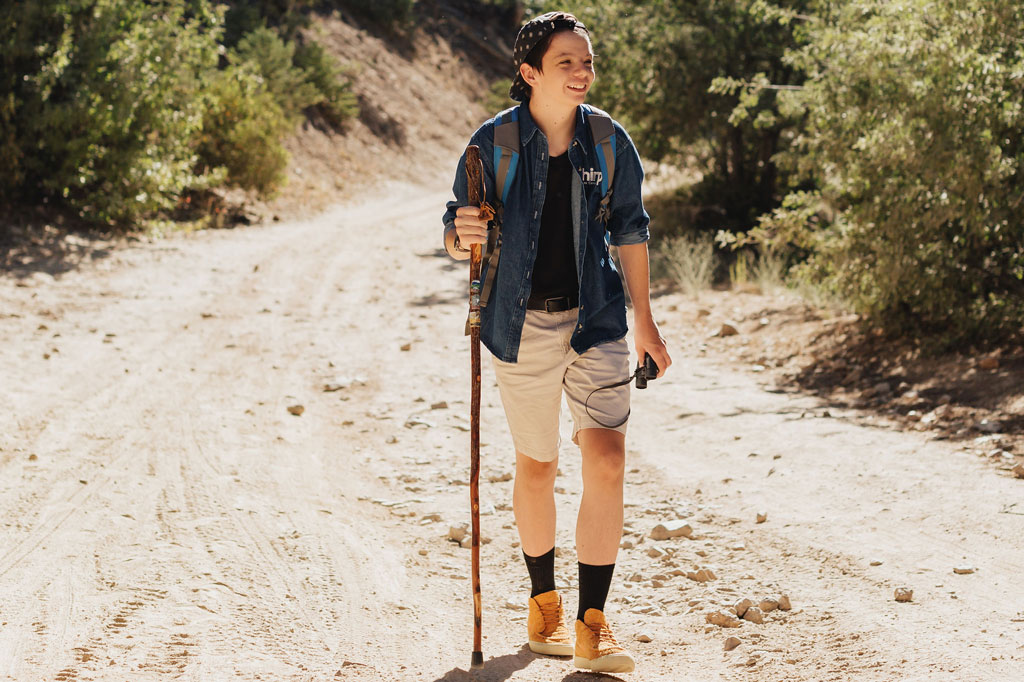
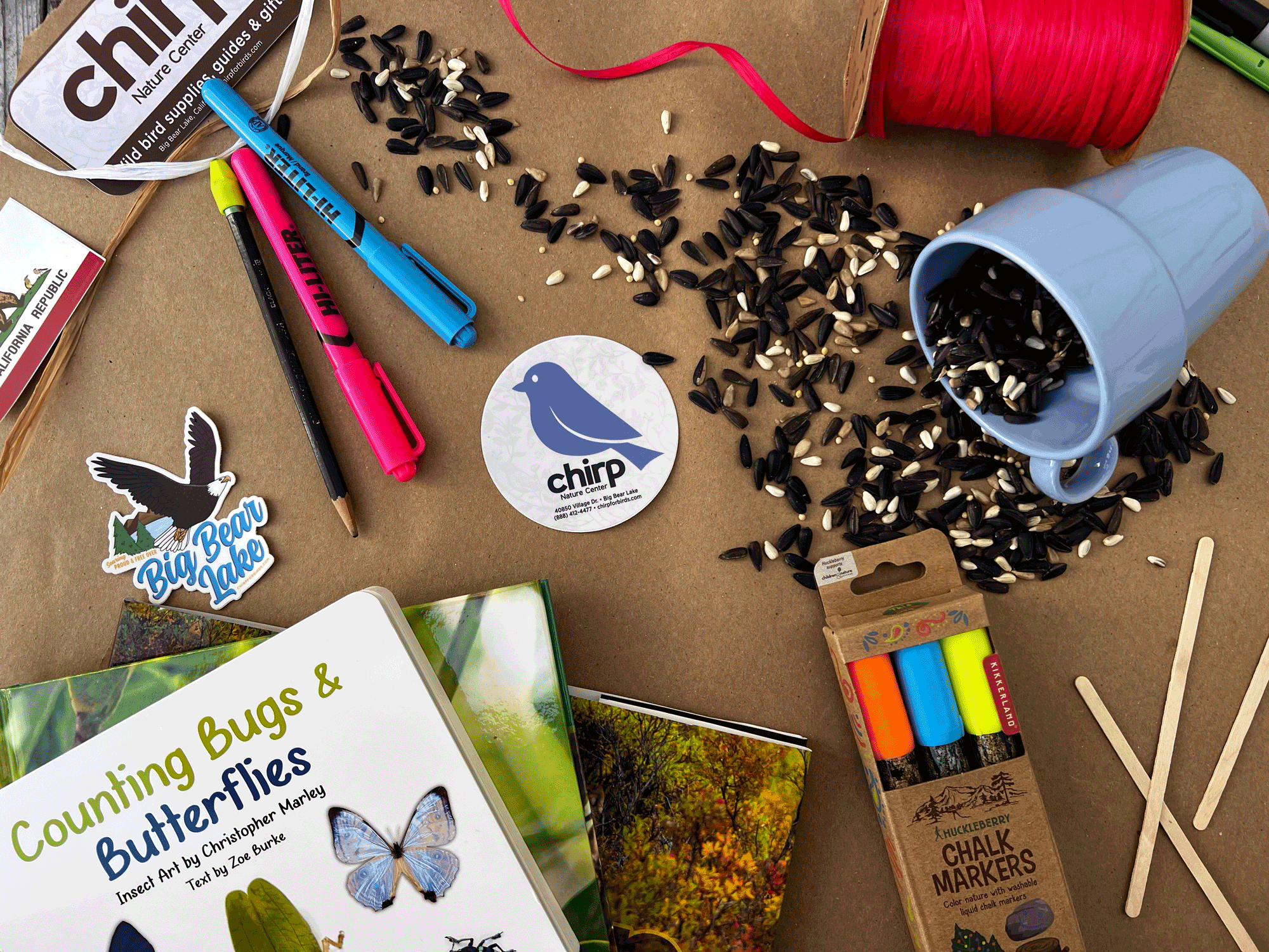
The Chirp Nature Center regularly hosts nature-themed activities, events, and crafts for adults and kids. Visit our Activities page to see what’s coming up next at Chirp!

